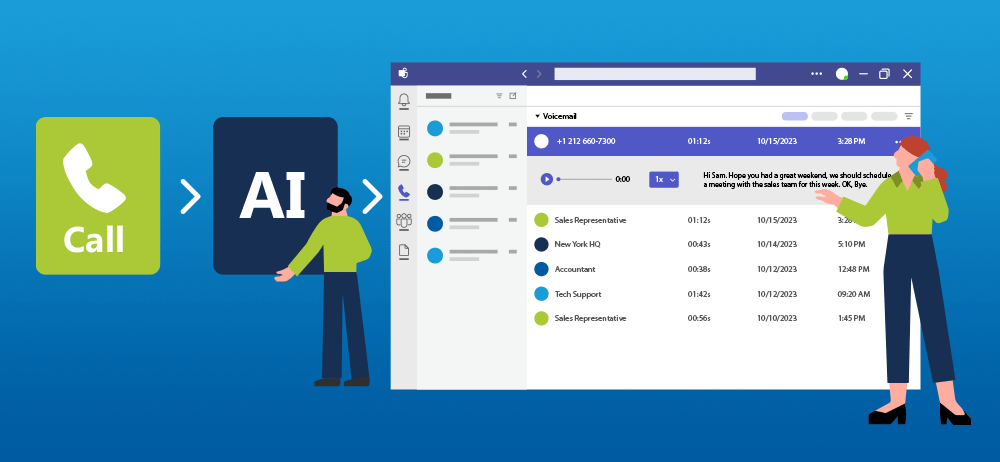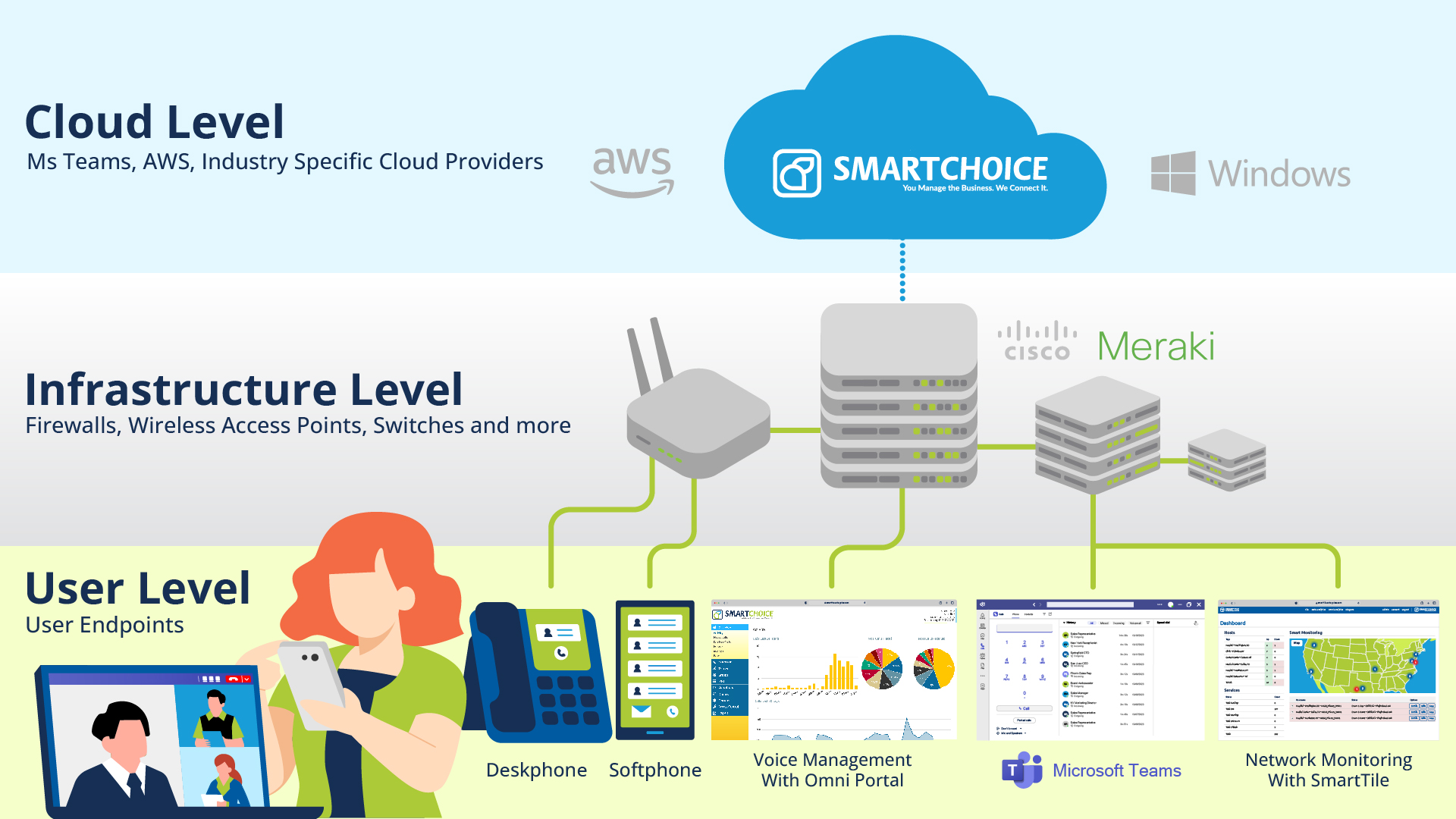How Is AI Improving My Microsoft Teams Voice Integrations?

Artificial intelligence (AI) is top of mind for many and stands at the forefront of technological advancement. This revolutionary paradigm is not just a mere concept confined to sci-fi novels; it’s actively reshaping our present. One of the most prominent arenas feeling AI’s transformative impact is the modern workplace. Tools and platforms that utilize AI have become staples in enterprises, making tasks more streamlined and efficient. A shining example of this integration is the voice systems within Microsoft Teams.
The AI-Driven Work Environment
Modern work environments are steadily becoming more virtual and collaborative. As businesses strive to keep up with this shift, there’s a growing need for tools that can simplify communications, making them more instantaneous and clear. Enter AI. Through its data processing prowess and machine learning algorithms, AI helps in making sense of vast amounts of data, predicting user needs, and offering real-time solutions.
When it comes to communication platforms, these AI-powered tools can significantly enhance user experience. They can transcribe meetings, offer real-time translations, filter out background noises, and even understand and act upon voice commands. The implications are profound, from making meetings more accessible to non-native speakers to ensuring that important details from a conversation aren’t missed.
Microsoft Teams and the Magic of AI in Voice Systems
Microsoft Teams, a frontrunner in collaborative platforms, has tapped into the potential of AI to revamp its voice systems. But what are the underlying technologies that make this integration so seamless?
Speech Recognition: One of the foundational AI technologies for voice systems is speech recognition. It allows Teams to convert spoken language into text. This feature is especially useful for transcribing meetings or offering real-time subtitles, ensuring that all participants can follow along, regardless of any hearing impairments or language barriers.
Natural Language Processing (NLP): NLP helps Teams understand the context and sentiment behind the words spoken. It’s not just about recognizing words, but comprehending them. This understanding enables features like voice commands where you can ask Teams to perform specific tasks using just your voice.
Deep Learning and Neural Networks: These technologies empower Teams’ noise suppression feature. By training on vast datasets, the system learns to distinguish between the primary voice it needs to capture and background noises it should filter out. The result? Clearer audio quality, even if you’re taking a call in a bustling cafe or with construction noises in the background.
Predictive Analytics: Ever noticed how Teams can sometimes predict what you’re about to say or offer auto-suggestions? That’s predictive analytics at work. By analyzing patterns in your communication, Teams can anticipate your needs, making your interactions faster and more intuitive.
The Road Ahead
The integration of AI technologies in voice systems, as seen with Microsoft Teams, underscores the potential of AI in enhancing communication in work environments. As AI continues to mature, we can expect even more advanced features, like voice biometrics for security or more refined voice assistants tailored to individual business needs. It is not just a trend.





